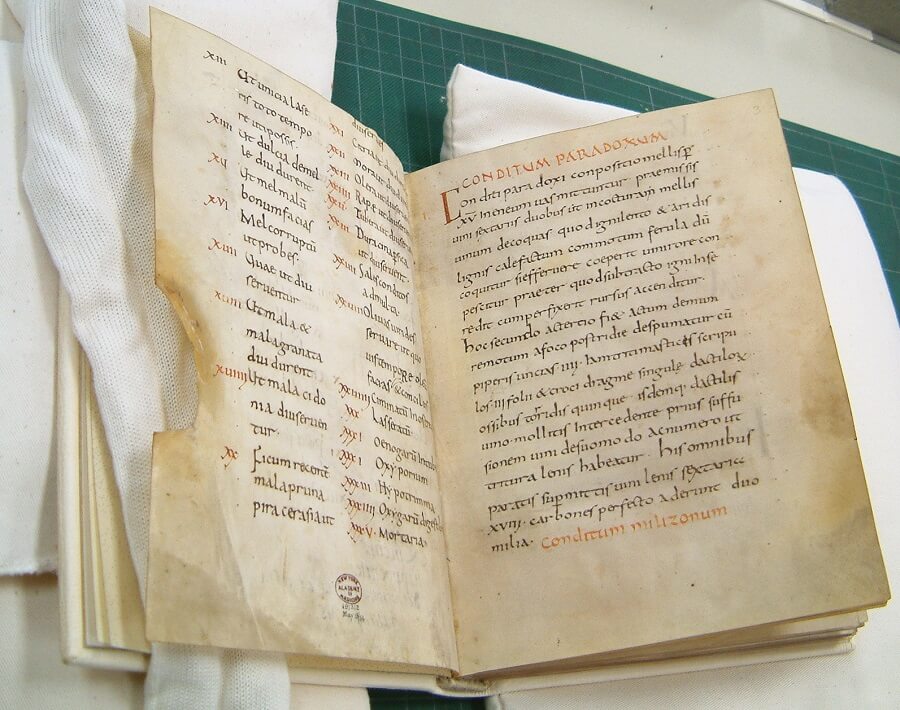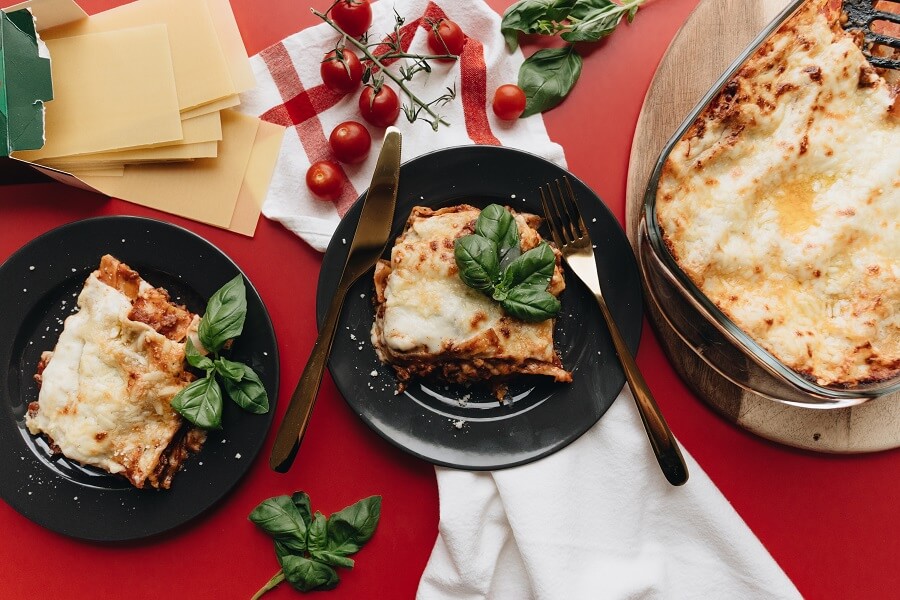A Brief History of: Lasagne
Understanding Spices
Your cart is empty.
SUBTOTAL
£0.00

Understanding Spices
Lasagne is one of those classic Italian pasta dishes. It’s beloved not just by humans, but cats too – Garfield being the chief champion of it amongst the feline kingdom and who can blame him? Lasagne is full of tasty tomatoes and creamy cheese and it’s incredibly easy to make.
In the modern era, this dish typically comprises stacked layers of thin pasta, alternating with fillings in between. These fillings are typically ragu – ground meats and tomato sauces as well as other vegetables and plenty of cheese (ricotta and parmesan being key candidates). You’ll also find plenty of seasonings and spices, such as garlic, oregano and basil. On top, it’s best served with melted mozzarella cheese. The more the better.
Of course, it’s not always been like this. The history of the dish can be traced back thousands of years and naturally, the original plate was rather different to what we know today. In Ancient Rome, for example, there was a dish similar to traditional lasagne known as ‘lasana’ or ‘lasanum’ (the Latin word for ‘container’ or ‘pot’). Historians discovered this in the book ‘de re coquinaria’ by Marcus Gavius Apicius – a collection of Roman cookery recipes compiled in the 1st century AD, thus making it one of the older cookbooks known to man.

Whilst the Italians can smile and say ‘see, we told you it was us’, they may not be so happy to hear that there is another theory about lasagne originating from Greece. The work ‘laganon’ is used for a flat sheet of pasta dough cut into strips. Alternatively, there are the greek words ‘lasana’ and ‘lasanon’ meaning ‘stand for a pot’ or ‘chamber pot’. Some argue that the Romans borrowed this word as ‘lasanum’ meaning ‘cooking pot’, using it to refer to the cookware in which the lasagne was made.
What’s clear not just with lasagne but any well-known dish around the world, is that they each go on these long journeys and different phases, often over the course of centuries and millennia. Sometimes, they appear in the most unlikely of places. In the 14th century, the ‘chief master cooks of King Richard II’ (they must’ve been good) described a dish in their English cookbook ‘The Forme of Cury’. The dish we’re interested in was called ‘loseyn’ and had many similarities to modern lasagne because of both its name and the recipe, which featured the layering of different ingredients between several pasta sheets.
Although this cookbook featured primarily English recipes, there were also plenty of meals that were clearly influenced by Spanish, Italian, French and Arab cuisines, perhaps helping to explain the appearance of lasagne. Interestingly, the ‘loseyn’ recipe did not include tomatoes as these did not arrive on the continent until after 1492, when a certain Christopher Columbus landed in the Americas. The first cookbook to appear with tomato recipes was published in Naples in 1692…

So we find ourselves back in Italy. It’s true – tomato first appeared in a lasagne recipe here in Naples, in the 1880s. Meanwhile, Bologna really took the dish under their wing and made it their own, popularising the use of spinach in the dough (this made it green in colour!) during the early years of the 20th century, as well as making use of ragù sauce and béchamel. These are the three main ingredients considered to be essential in the origins and traditional recipe of lasagne, at the Chamber of Commerce of Bologna (according to the Accademia Italiana di Cucina – the Italian Kitchen Academy).
Of course, the beauty of cooking is that dishes are always evolving. In other regions in Italy and across the world, you’ll find lasagne being made with all kinds of combinations of ricotta, mozzarella cheese, tomato sauce, ground beef, pork, chicken and vegetables. It can also be flavoured with other things such as wine and onion. Why not get creative and utilise some of our very own seasonings and spice blends next time you cook one up?

Understanding Spices
Spices have long been integral to the UK's culinary landscape, adding depth, flavours, and richness to a myriad of dishes. From the pungent aroma of cumin in Indian curries to...
Read MoreUnderstanding Spices
Confetti is an essential part of any wedding day. Not only is it a wonderful way to greet a newlywed couple, but it also provides some beautiful photo opportunities. The...
Read MoreSeasonal Ideas
It’s no secret that any handmade gift will always be more special than a store-bought one. Homemade food gifts are especially wonderful, a labour of love that shows someone you...
Read MoreHealth and Wellbeing
It’s no secret that winter’s cold and gloomy weather makes us crave indulgent dishes like fondue and baked goods like sticky toffee pudding and apple crumble. While Christmas is the...
Read More